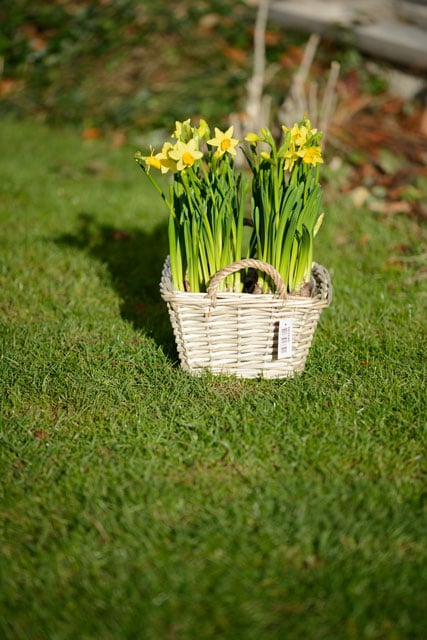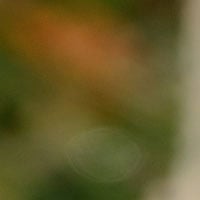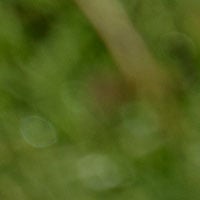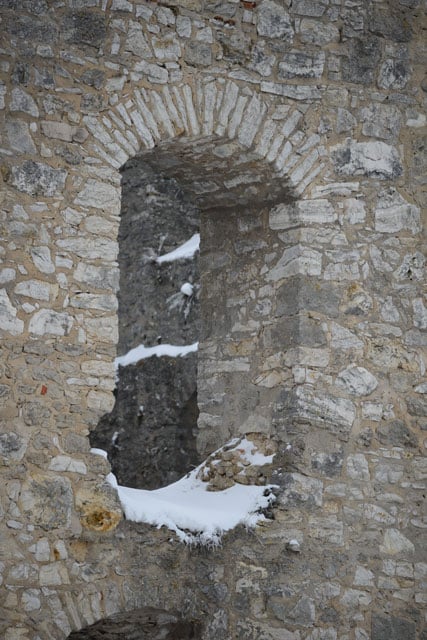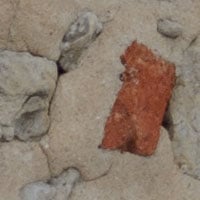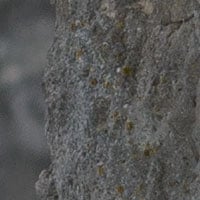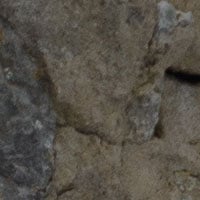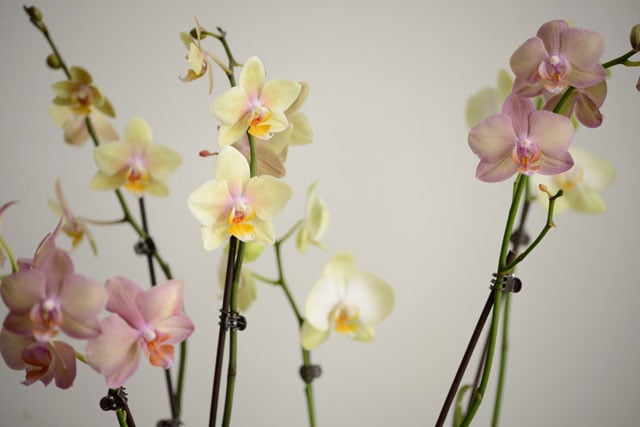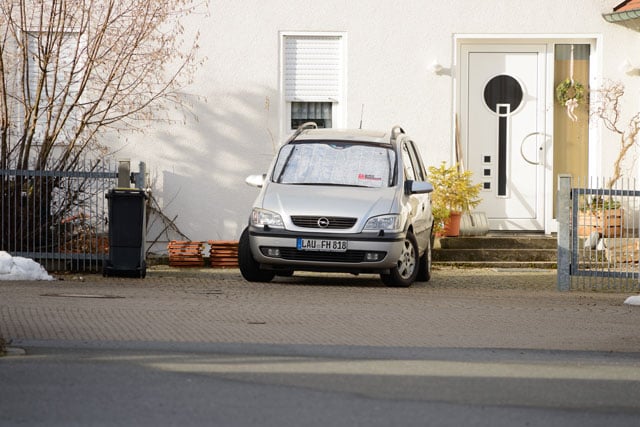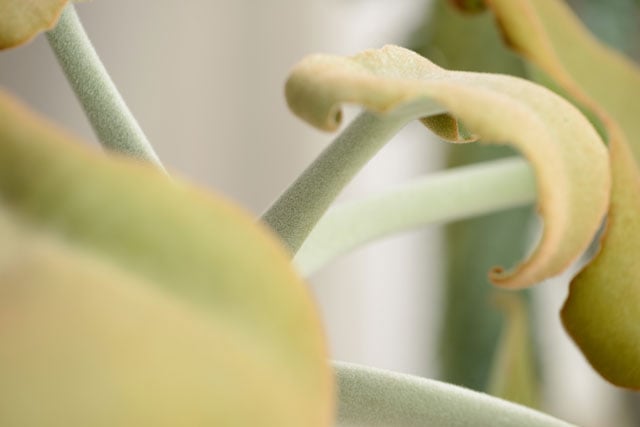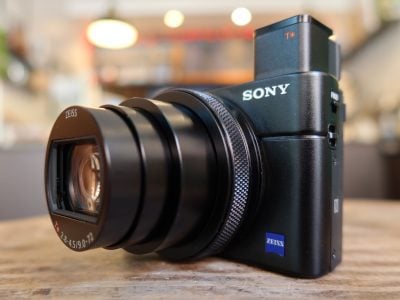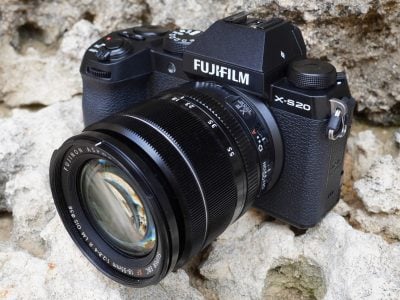Nikon 70-200mm f4G VR review
-
-
Written by Thomas
Samples
The following images were taken with the Nikon 70-200/4.0 on a D800. Each image was recorded in RAW and converted with Lightroom 4.3 at Camera Standard settings. Noise-reduction is set to 0, sharpening to 70/0.5/36/10, no extra tone, color, or saturation-adjustment was used. You can click on each image to access the large original. Please respect our copyright and only use those images for personal use.
The first shot should give you an impression of the bokeh that this lens can produce wide open. The 50% crops are from the background, the sharpest point, and the foreground in the overall image and demonstrates the rendering of out-of-focus elements.
| Flowers: bokeh shot with Nikon Nikkor 70-200/4.0G VR at 180mm f4.0 on a D800 | ||||||
| ||||||
| Main image and all 50% crops: 180mm, f4.0, 100 ISO |
A maximum aperture of f4 is not really the best precondition to produce good bokeh – and it shows. Foreground and background still show lots of detail. On top of that highlights both in the background and foreground have a slight outlining and show the cat’s-eye effect. It is better than the nervous bokehs that typical kit-lenses produce but it is surpassed by the bokeh of its bigger brother as is demonstrated in the following comparative shot.
| Bokeh comparison with Nikon Nikkor 70-200/2.8G VR at 200mm f2.8 on a D800 (50% crops) | ||||
 | 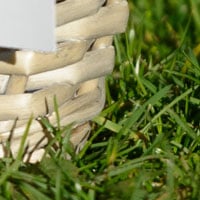 | 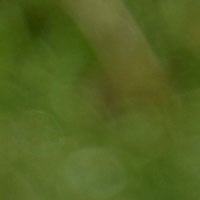 | ||
200mm, f2.8, 100 ISO | 200mm, f2.8, 100 ISO | 200mm, f2.8, 100 ISO | ||
The following image shows an old castle wall. It is a good example how the lens resolves the fine structures and cracks at f4.0.
| Castle wall: shot with Nikon Nikkor 70-200/4.0G VR at 200mm f4.0 on a D800 | ||||||
| ||||||
| Main image and all 100% crops: 200mm, f4.0, 100 ISO |
Next up there is a bouquet of orchids captured from 2.3m at largest aperture.
| Flowers: shot with Nikon Nikkor 70-200/4.0G VR at 165mm f4.0 on a D800 | ||||
| Main image and all 100% crops: 165mm, f4.0, 1/25 sec, 100 ISO | ||||
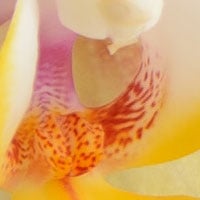 | 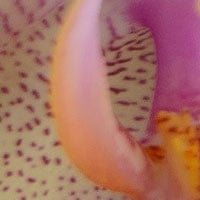 | 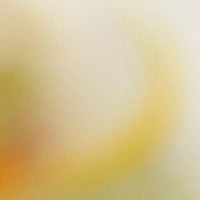 | ||
f4.0, 100 ISO | f4.0, 100 ISO | f4.0, 100 ISO | ||
Using a tele-converter can extend the useful reach of this lens. I tried the Nikon TC-17E II which converts the lens into a 120-340mm f6.7 zoom. All functions like AF-S, VR, and the correct recording of EXIF data are retained. Make sure though that you have a body that can auto-focus at f6.3 or stay with the 1.4x converter which would give you a 100-280mm f5.6 zoom. The following shot demonstrates that the resolution of this lens can even bear an additional 1.7x magnification. Great!
| Car: Nikon TC-17E II tele-converter plus Nikon 70-200/4.0G VR at 340mm f6.7 on a D800 | ||||
| Main image and all 100% crops: 340mm, f6.7, 1/250 sec, 200 ISO | ||||
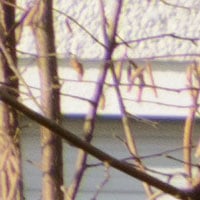 | 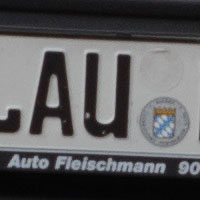 | 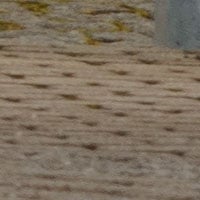 | ||
f6.7, 200 ISO | f6.7, 200 ISO | f6.7, 200 ISO | ||
The final sample image gives you an impression of the close-up performance. The image was captured at 200mm focal length and at the minimum focus distance of 1m. Stopped down to f8 it gives you very nice details and still produces a pleasing background blur.
| Plant: close-up shot with Nikon Nikkor 70-200/4.0G VR at 200mm f8 on a D800 | ||||
| Main image and all 100% crops: 200mm, f8, 1/10 sec, 100 ISO | ||||
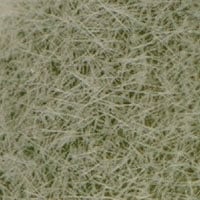 | 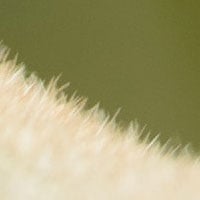 | 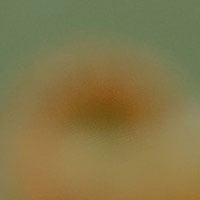 | ||
200mm, f8, 100 ISO | 200mm, f8, 100 ISO | 200mm, f8, 100 ISO | ||
For more examples check out all my high-resolution Nikon 70-200mm f/4.0G VR sample images.
Comparison to Nikon AF-S 70-200mm f2.8 VR ii
Before completing a proper shootout between all stabilized 70-200mm zooms available for Nikon mount here’s a little teaser to give you an impression of how the new Nikkor performs in comparison to its bigger brother. I’ll show only the Siemens-star test-shots at f4.0 but they are a good indicator of relative performance. The first row is always the 70-200/4.0, the second row shows the 70-200/2.8, both at f4.0. All shots are at ISO 100.
Here’s the comparison at 70mm:
Comparison at 70mm, f4.0 on Nikon D800 100% crop from center | Comparison at 70mm, f4.0 on Nikon D800 100% crop from DX-corner | Comparison at 70mm, f4.0 on Nikon D800 100% crop from FX-corner |
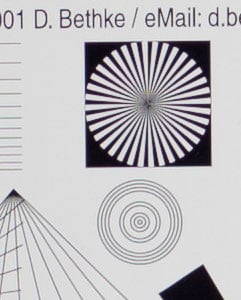 | 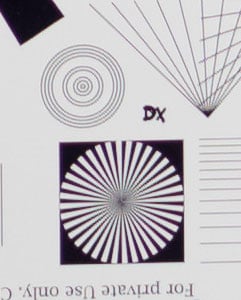 | 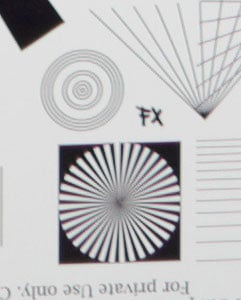 |
70-200/4.0G VR at 70mm, f4.0 | 70-200/4.0G VR at 70mm, f4.0 | 70-200/4.0G VR at 70mm, f4.0 |
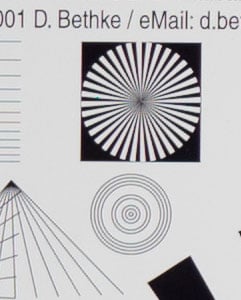 | 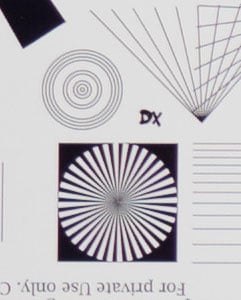 | 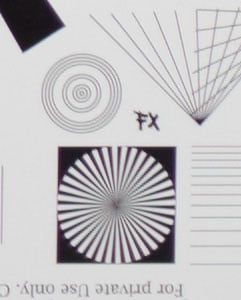 |
70-200/2.8G VR ii at 70mm, f4.0 | 70-200/2.8G VR ii at 70mm, f4.0 | 70-200/2.8G VR ii at 70mm, f4.0 |
Comparison at 105mm:
Comparison at 105mm, f4.0 on Nikon D800 100% crop from center | Comparison at 105mm, f4.0 on Nikon D800 100% crop from DX-corner | Comparison at 105mm, f4.0 on Nikon D800 100% crop from FX-corner |
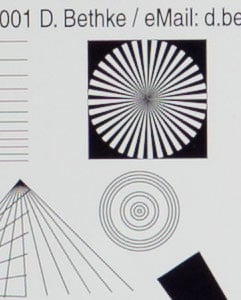 | 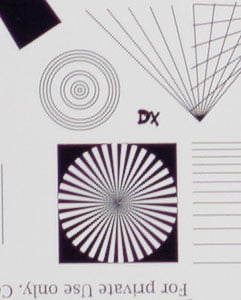 | 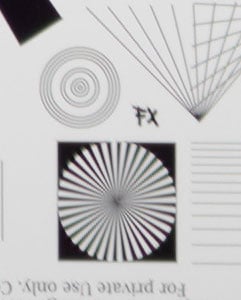 |
70-200/4.0G VR at 105mm, f4.0 | 70-200/4.0G VR at 105mm, f4.0 | 70-200/4.0G VR at 105mm, f4.0 |
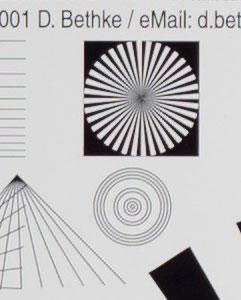 | 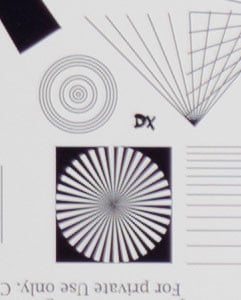 | 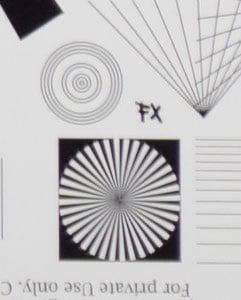 |
70-200/2.8G VR ii at 105mm, f4.0 | 70-200/2.8G VR ii at 105mm, f4.0 | 70-200/2.8G VR ii at 105mm, f4.0 |
Comparison at 150mm:
Comparison at 150mm, f4.0 on Nikon D800 100% crop from center | Comparison at 150mm, f4.0 on Nikon D800 100% crop from DX-corner | Comparison at 150mm, f4.0 on Nikon D800 100% crop from FX-corner |
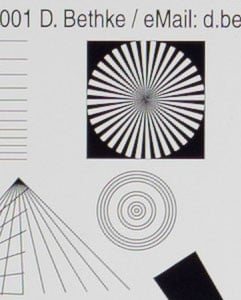 | 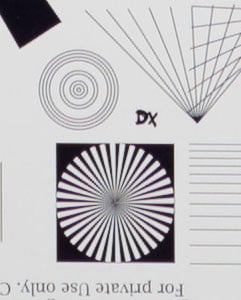 | 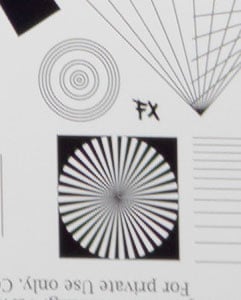 |
70-200/4.0G VR at 150mm, f4.0 | 70-200/4.0G VR at 150mm, f4.0 | 70-200/4.0G VR at 150mm, f4.0 |
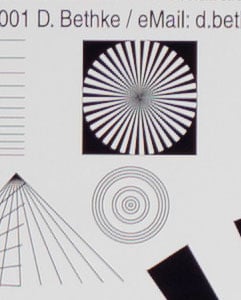 | 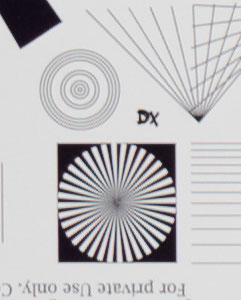 | 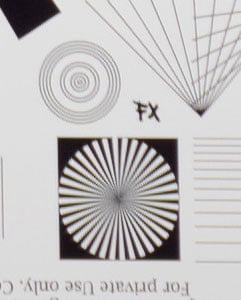 |
70-200/2.8G VR ii at 150mm, f4.0 | 70-200/2.8G VR ii at 150mm, f4.0 | 70-200/2.8G VR ii at 150mm, f4.0 |
Comparison at 200mm:
Comparison at 200mm, f4.0 on Nikon D800 100% crop from center | Comparison at 200mm, f4.0 on Nikon D800 100% crop from DX-corner | Comparison at 200mm, f4.0 on Nikon D800 100% crop from FX-corner |
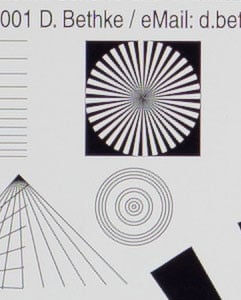 | 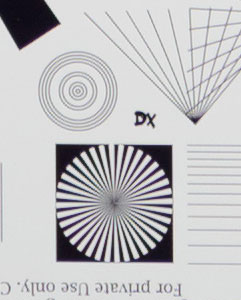 | 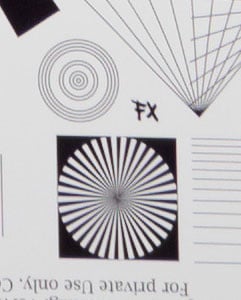 |
70-200/4.0G VR at 200mm, f4.0 | 70-200/4.0G VR at 200mm, f4.0 | 70-200/4.0G VR at 200mm, f4.0 |
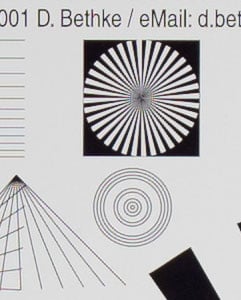 | 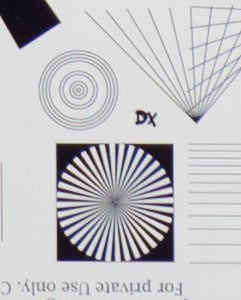 | 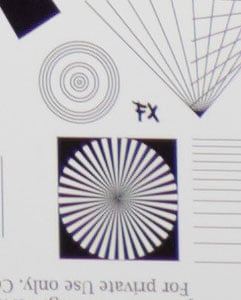 |
70-200/2.8G VR ii at 200mm, f4.0 | 70-200/2.8G VR ii at 200mm, f4.0 | 70-200/2.8G VR ii at 200mm, f4.0 |
As you can see the new 70-200/4.0 is topped by the 70-200/2.8 in the FX corners at 70mm and 105mm when shooting at f4. At 150mm the 70-200/2.8 seems to have a weak spot and the new lens is slightly better across the sensor. At 200mm both lenses are basically on a par. Again all these comparisons are made at f4, which means the f2.8 model has been closed by one stop.
More complete comparisons including the Unremarkables and Bokeh shots at different apertures will be presented in the up-and-coming 70-200mm shootout.
Focus, build quality, and image stabilization
Focus accuracy and repeatability is critical to consistently produce sharp shots. Repeatability (the accuracy of focus on the same subject after repeated focus-acquisition) of this lens is excellent with no outliers over a series of 40 shots. And there is almost no performance variation whether the lens focuses coming from infinity or from minimum focus distance. The lens focuses pretty fast: around 0.6 sec from infinity to 1.4m, which is good value and as fast as its bigger brother.
The focus ring has no slack/play between its movement and the focus-action has a throw of around 135 degrees, which makes accurate focus wide open up to 130mm easy. But at 200mm the focus throw becomes almost too short for precision manual focus. The focus ring is easy to grip and movement is a little stiff as is the zoom-action. But that may become smoother with the time. AF-operation is pretty quiet on the outside, but if you record video with the built-in microphone every focus-movement starts and stops with an audible “clack” and the AF-drive can also be heard in-between – although at a lower level than the noise from its bigger brother. The VR-system is very quiet and no sound is recorded from it. Shaking the lens does produce slight noises.
In general the impression of build quality is that of an upmarket albeit not pro-level lens: A high quality plastic construction combined with a weather sealed metal lens-mount, and nine rounded aperture blades.
To test the effectiveness of the image stabilization I did a series of over 40 test-shots hand-held at 200mm with VR=ON at 1/25 sec and with VR=OFF at 1/200 sec. Rating the sharpness of those images at 100% magnification on a scale from 0…5 the sample of images with VR=ON was skewed towards a better sharpness over the sample with VR=OFF, although the latter sample had the benefit of a 8x faster shutter-speed. So VR on this lens gives you an advantage of more than 3 stops. When re-doing this test at 1/13 sec the sample with VR=ON on average showed less sharp results than the reference-sample. So indeed something between 3 and 4 stops of effective stabilization is possible with the latest VR version 3. These represent the best results I ever saw in testing image stabilization so far. Excellent!
Summary and verdict
Now, let me wrap things up in my Nikon AF-S 70-200mm f4G VR verdict.
